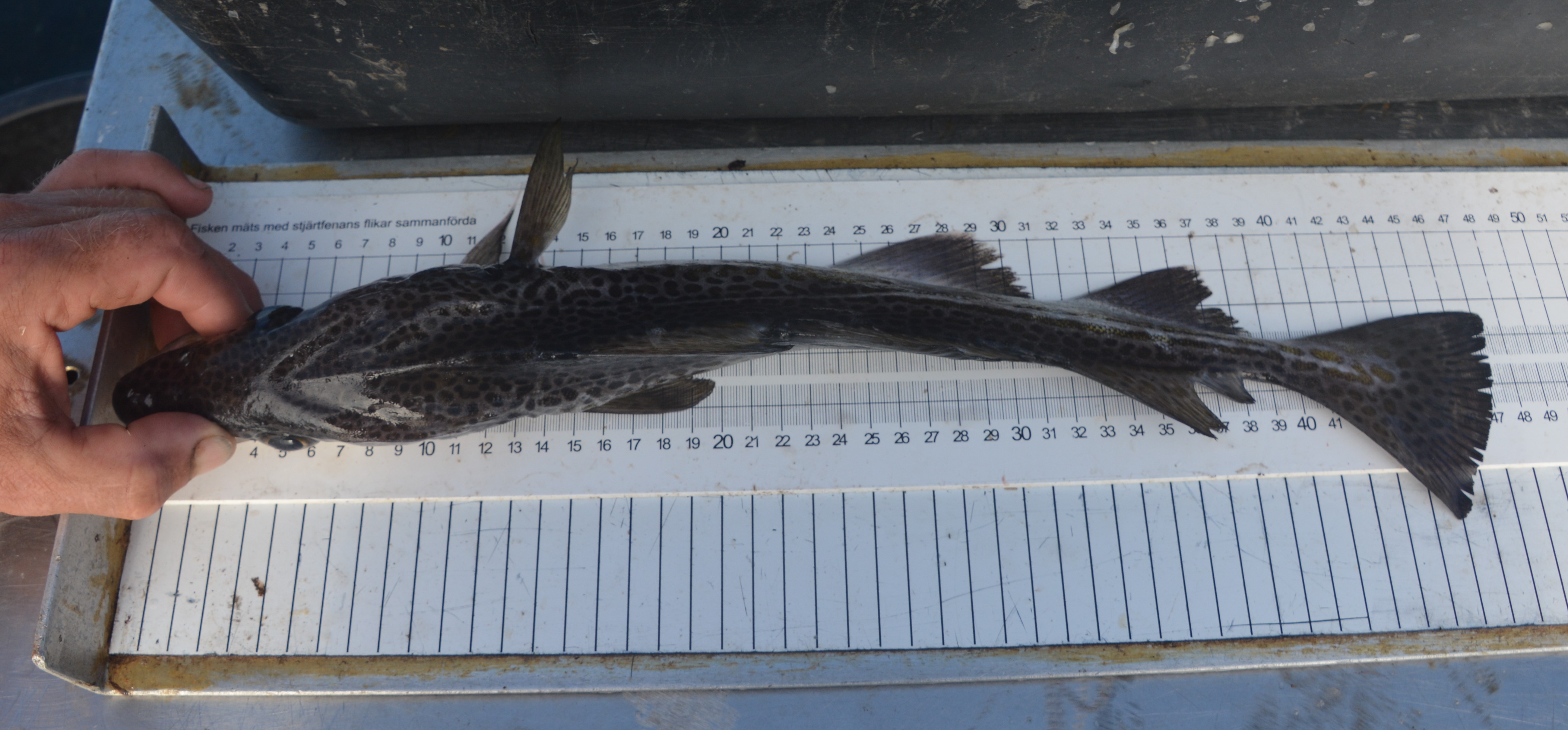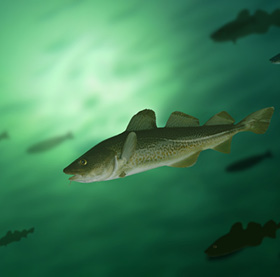Parasites in cod and cod condition
Cod is a key predator in the Baltic Sea ecosystem. Body conditions within the eastern Baltic Sea cod stock have decreased since the 1990s – the cod is thin and small. Different causes for the thinning of cod have been discussed: changes in food availability, low salinity and oxygen levels in spawning grounds and increasing parasitism. The project “Parasites in cod and cod condition” (PARACOD) will evaluate the importance of parasites in cod condition and survival.
Cod in the eastern Baltic Sea are small and grow to slow in order for traditional age determination methods to work. The International Council for the Exploration of the Sea (ICES) have therefor not been able to determine the eastern Baltic cod stock for several years. “PARACOD” aims to provide scientific information about one of the causes that could decrease the cod´s condition – parasites in cod. Today there is little information on how parasites in cod effects condition and survival of the fish. The project aims to broaden the knowledge base for ecosystem-based management in general and provide information to support stock assessment of eastern Baltic cod in particular.
A thin and small Baltic cod. Photo: SLU
Parasites in fish is common, but the most common parasites causing concerns in cod in the Baltic Sea is Pseudoterranova decipiens (seal worm) found mainly in cod flesh, and Contracaecum osculatum (liver worms) found in livers. Both have seals as end hosts where they reproduce and eggs are released through seal faeces. After eggs are excreted through seal faeces, benthic invertebrates ingest the larvae. Thereafter it is eaten by fish where it migrates to the flesh, waiting to be eaten by either another fish or its final host, seal. The increase of parasites in cod has been connected to the increase of the seal population in the Baltic Sea.
The project aims to:
1. Compare the overall health of cod in low condition compared to cod in higher condition.
2. Identify parasite species in cod livers and quantify the number of parasites in relation to cod condition.
3. Identify stocks with DNA technique to compare parasitic load and cod condition between fish of different genetic structure.
4. Identify cod diet in relation to condition.
5. Identify intermediate hosts to understand the biological processes associated to infection risk.
6. Investigate infection risk in relation to diet and cod condition.
The project will also investigate diet in relation to condition in cod caught coastally compared to cod caught offshore.
For more information about the project please visit the Swedish website here.

Project status
 PROJECT MANAGER
PROJECT MANAGER
Maria Ovegård, Faculty of natural resources and agricultural sciences, Swedish University of Agricultural Sciences (SLU).
CONTACT AT BALTICSEA2020
info@balticsea2020.org







